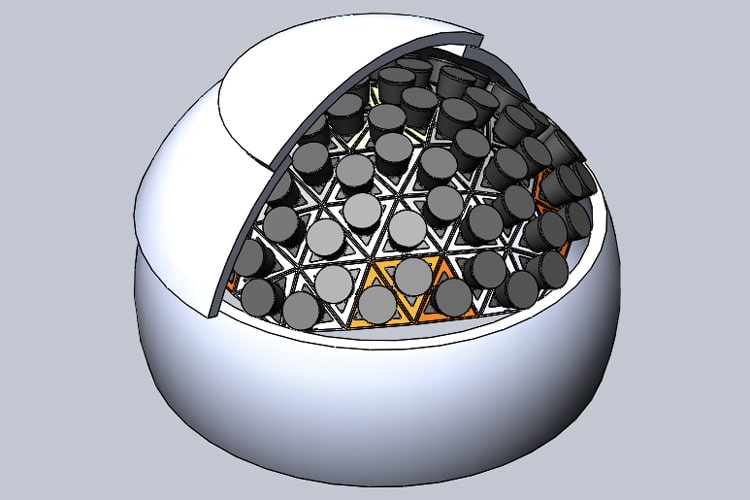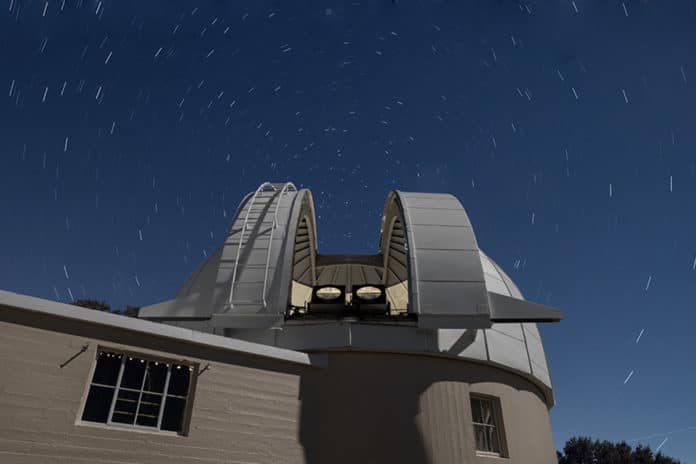The SETI soon have new ways to listen to the universe in search of a sign of extraterrestrial life. A team of astronomers from UC San Diego, UC Berkeley, University of California Observatories and Harvard University, University of California, San Diego, UC Berkeley, Harvard University and California Institute of Technology is building a pair of fly’s-eye observatories to discover new astronomical phenomena or signals from deep space.
Recently, the team has finished installing two prototype telescopes poised to collectively image the entire observable sky in the current search for extraterrestrial intelligence (SETI) at Lick Observatory near San Jose, California. These are the first of hundreds of planned telescopes for a project called Panoramic SETI, or PANOSETI, for Pulsed All-sky Near-infrared Optical SETI.
According to the researchers, PANOSETI is the first-of-a-kind, dedicated telescope collection capable of searching for fast-time domain signals. It is aimed to increase sky area searched, wavelengths covered, number of stellar systems observed, and duration of time monitored. This observatory will offer an “all-observable-sky” optical and wide-field near-infrared pulsed techno signature and transient astrophysical search that is capable of surveying the entire northern hemisphere.

PANOSETI’s final design will house a geodesic dome of 80 innovative telescopes per observatory that can image about one-third of the sky every night in search of short-lived astronomical flashes that last seconds to nanoseconds, or a billionth of a second.
The observatories would be built in pairs up to a mile apart to provide a stereo view of the night sky, essential to confirming and discarding light flashes coming from the atmosphere, rather than deep space.
The technologies used in PANOSETI:
It incorporates two technologies new to astronomy: an innovative, lightweight, flat plastic lens, which is akin to the Fresnel plates in lighthouses, to focus optical and infrared light; and very fast optical and infrared detectors first developed for diagnostic medical PET (positron emission tomography) scanners.
Each telescope, having a one-and-a-half-foot diameter, has a very wide field of view: 10 degrees by 10 degrees, the width of 20 full moons. The team is also developing cameras in each telescope that can precisely measure when each photon arrives.
Two prototypes of PANOSETI telescopes are being tested at the Astronomical Dome of the Lick Observatory in California.
“The goal is to basically look for very brief, but powerful, signals from an advanced civilization. Because they are so brief, and likely to be rare, we plan to check large areas of the sky for a long period of time,” said UC Berkeley’s Dan Werthimer, who has been involved with the search for extraterrestrial intelligence (SETI). “This is the first wide-field survey for sub-second phenomena.”
Shelley Wright, associate professor of physics at UC San Diego and principal investigator on the project and her team hope to build several pairs of these 80-telescope observatories around the world to image the entire heavens. They are now evaluating sites for the observatories and hope to begin observatory construction and telescope production in the next year.
